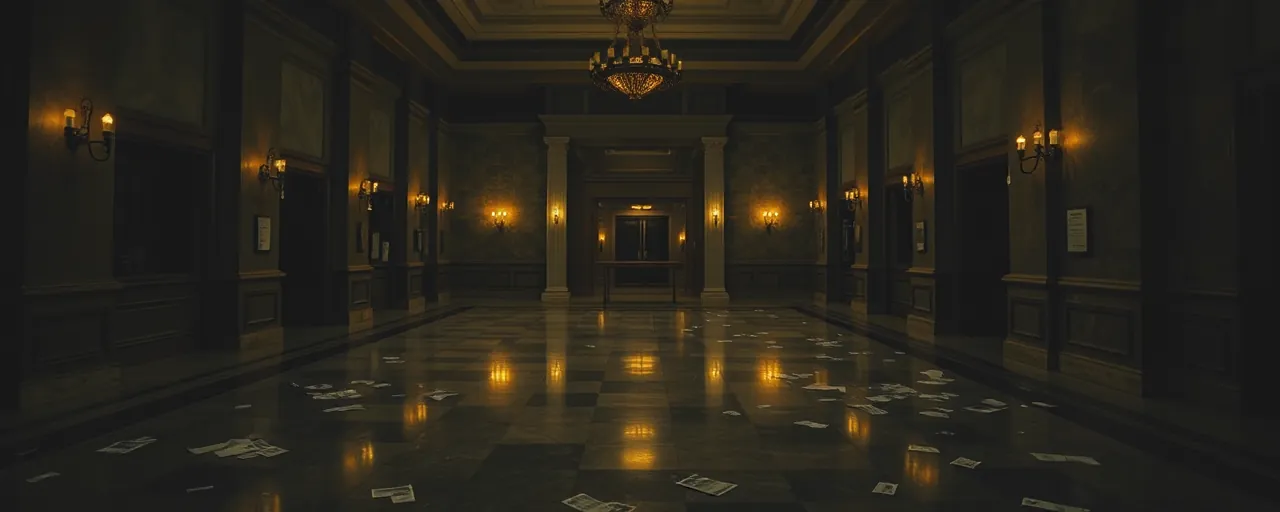A Sentence Handed Down
Roger Dean Peters, a 71-year-old from Iowa, walked into a courtroom in Jefferson City, Missouri, on April 9, 2025, and left with a federal prison sentence. U.S. District Judge Roseann Ketchmark ordered him to serve twelve months and one day behind bars, followed by two years of supervised release. The punishment came after Peters pleaded guilty last May to bank fraud, a crime that unraveled a tangled web of fake money flows he’d spun between two banks. It’s a case that hit hard, leaving a financial scar of nearly $2.9 million, and it’s got people asking how something like this slips through the cracks.
The story starts with a simple but cunning trick, one that’s been around for decades yet still catches banks off guard. Peters admitted to ‘kiting’ checks, writing them between accounts at Exchange Bank of Missouri and First National Bank of Hampton, Iowa, to create the illusion of cash that didn’t exist. By the time the house of cards fell, the overdraft tallied $2,882,904.20, a figure that doesn’t even count extra fees the banks had to swallow. For anyone new to this, it’s a stark reminder that financial crime doesn’t always need a gun or a mask, just a pen and some nerve.
The Mechanics of Deception
Check kiting isn’t new; it dates back to the 1920s when folks figured out they could game the delay in bank processing. Peters took that old playbook and ran with it, bouncing checks to keep fake balances alive, then layering in a line of credit he milked through fraudulent claims via an intermediary. It’s a scheme that thrives on timing, exploiting the gap before banks catch on. When it collapsed, the fallout was massive, and it’s not hard to see why banks are scrambling for better ways to spot this stuff early.
Experts point to patterns that should’ve raised flags: frequent deposits, wild swings in account balances, and checks from far-off banks. Technology’s stepping up, with tools like AI-driven monitoring now scanning transactions in real time. Companies like ThreatAdvice are pushing systems that analyze check images for fraud signs, a far cry from the days when banks relied on manual checks. Still, Peters’s case shows the human element can outpace tech, at least until the numbers stop adding up.
Justice and Its Variations
Peters’s year-plus-one-day sentence might sound light for a $2.9 million hit, and that’s where the debate heats up. Federal sentencing for bank fraud has been a moving target since the 1980s, when laws got tougher after financial scandals rocked the system. Today, penalties can reach 30 years and $1 million in fines, but judges have wiggle room, and outcomes vary. Data shows sentences averaging around 27 months for financial fraud, though big losses or slick tactics can push that higher. Peters’s case landed below that mark, sparking questions about consistency across the country.
Some argue the punishment fits; he’s 71, confessed, and faces restitution alongside prison time. Others, including banking advocates, say it’s too soft, pointing to cases like Andrew Blassie’s $2 million kiting scam in Illinois, where prosecutors are still pushing for stiffer terms. The Supreme Court’s 2005 Booker ruling gave judges more leeway, and stats reveal a split: some circuits lean lenient, others stick to the book. For everyday people, it’s a puzzle, how one fraudster’s fate differs from another’s when the damage looks so similar.
Fighting Fraud in 2025
The FBI, which dug into Peters’s mess, isn’t sitting still. They’ve been chasing financial crooks since the Great Depression, and lately, they’re racking up wins, like recovering nearly $8 million after a Kansas bank tanked last month. Their toolkit’s grown, blending forensic accountants with tech to tackle scams from check kiting to email cons costing billions. Peters’s case, prosecuted by Assistant U.S. Attorney Lauren Kummerer, shows how the feds and local offices team up to nail these schemes, but the bad guys keep evolving too.
Fraud’s getting a modern makeover, with lines of credit now a hot target. A 2025 report pegs first-party fraud, like faking income to snag credit, at $9.2 billion in losses. Peters tapped that vein, using a middleman to juice his credit line. Banks and feds are countering with sharper AI to sniff out lies before money’s lent, but the cat-and-mouse game rolls on. It’s a high-stakes chase, and for regular folks, the real-world hit is clear: every dollar lost ripples through the system, hiking fees or tightening loans.
What’s Left to Learn
Peters’s tale wraps up with a sentence and a hefty restitution order, but the echoes linger. It’s a glimpse into a world where trust in banks gets tested, and the fixes aren’t foolproof yet. The FBI and prosecutors can celebrate a conviction, yet the $2.9 million hole won’t magically fill. For people watching from the outside, it’s a crash course in how financial crime works, and why it’s so tough to stop cold. The takeaway? Even in 2025, old tricks can still burn through millions if no one’s looking close enough.
Zoom out, and the picture’s bigger than one Iowa man. Check kiting’s making a comeback, credit fraud’s spiking, and the feds are racing to keep up. Banks are pouring cash into tech, judges are juggling sentencing books, and somewhere, another schemer’s probably plotting. It’s messy, human, and real, a tug-of-war between crooks and the law that’s been raging for a century. For anyone new to this, it’s less about politics and more about what keeps the system ticking, or sometimes, what nearly breaks it.
